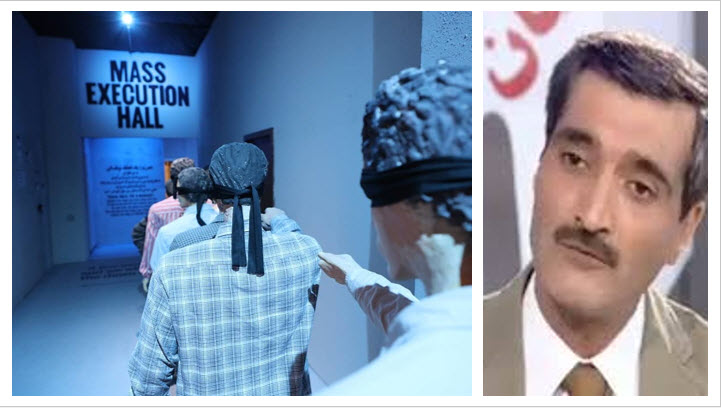
Political detainees from all around Iran were brought before ‘Death Commissions’.
Former political prisoner Akbar Samadi was detained by Iranian security forces in 1981, when he was 15 years old, for aiding the Iranian opposition, the People’s Mojahedin of Iran (PMOI / MEK Iran), and condemned to ten years in prison. During his stay in prison, he witnessed one of Iran’s most heinous crimes against humanity in the last four decades.
Khomeini , ordered to execut of all MEK ,s in the summer of 1988
Ruhollah Khomeini, the Iranian regime’s then-Supreme Leader, issued a fatwa in the summer of 1988, ordering the killing of all MEK sympathizers “without mercy or hesitation.” Political detainees from all around Iran were brought before ‘Death Commissions,’ a panel of judges tasked with carrying out Khomeini’s directives and deciding their destiny.
Samadi, who was imprisoned at the time in Gohardasht Prison, was carried to the ‘Death Corridor’ six times, a holding room for individuals who would be brought before the judges who would decide who would be sentenced to death. Ebrahim Raisi, the regime’s current president, was one of four members of the Tehran ‘Death Commission,’ and “he was both uniquely enthusiastic and uniquely mechanical in the performance of his appointed task,” according to Samadi.
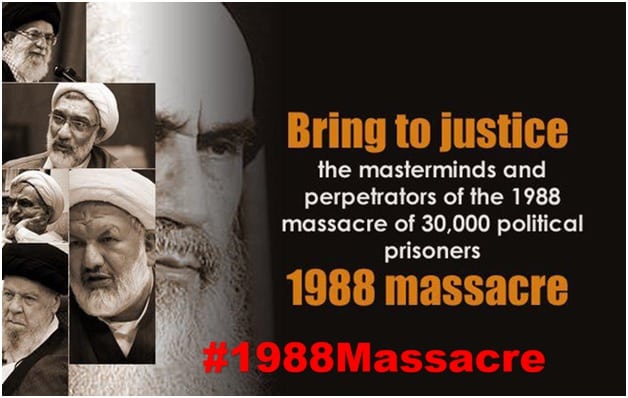
Ebrahim Raisi, the regime’s current president, was one of four members of the Tehran Death Commission.
The 1988 massacre was to completely annihilate the PMOI
“It was clear from the content of Khomeini’s fatwa, as well as the experience of those held in political wards at the time, that the regime’s intention with the 1988 massacre was to completely annihilate the PMOI, as well as any other serious threat to the theocratic dictatorship,” Samadi stated.
Following the massacre, the MEK’s intelligence network has worked hard to uncover not only the locations of the mass graves where the bodies of those who were executed were hastily buried but also the true death toll from that dreadful summer in 1988, which is estimated to be approximately 30,000 individuals.
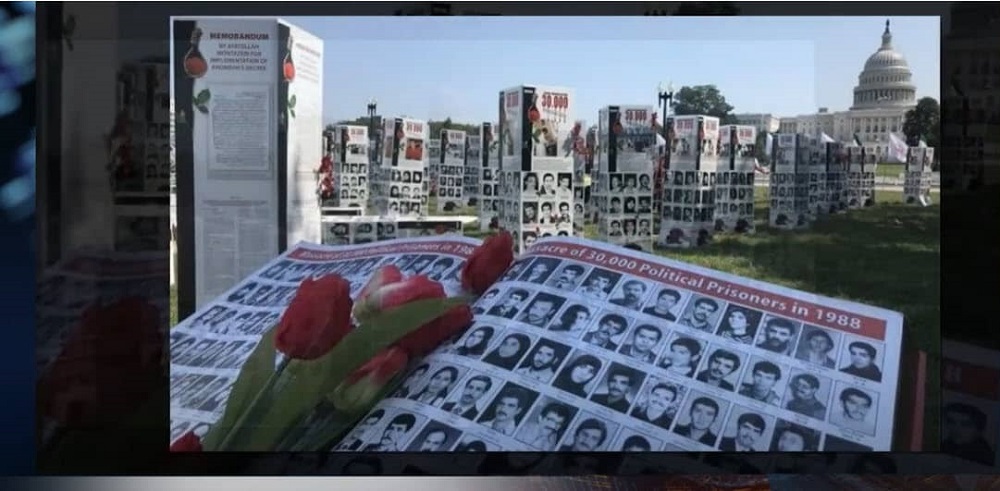
The MEK’s intelligence network has worked hard to uncover not only the locations of the mass graves where the bodies of those who were executed.
Hamid Noury wanted to send me to the gallows
One of the convicts who managed to avoid the gallows was Samadi. He claims that a clerical error prevented him from being condemned to death, as the written verdict from his visit to Raisi’s Death Commission was misplaced, causing him to be returned to his cell rather than the ‘Death Hall’.
“The person who would have sent me to the gallows otherwise was known to me as Hamid Abbasi, but he also goes by the name Hamid Noury,” Samadi stated. He is currently being tried in Sweden on charges of war crimes and mass murder stemming from his involvement in the 1988 massacre under that name.”
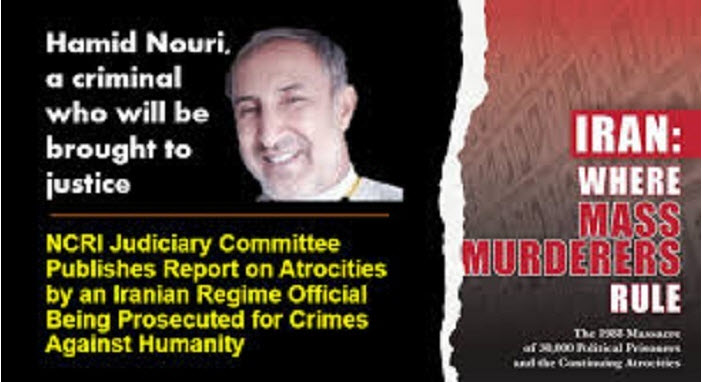
Noury was arrested by Swedish authorities in 2019 under the principle of universal jurisdiction for his role in the massacre at Gohardasht prison in Iran in the summer of 1988 when he was a prison officer.
Anti-government protests erupted into a nationwide uprising
Raisi was appointed head of the regime’s judiciary by Supreme Leader Ali Khamenei in 2019, giving him a prime position to oversee the regime’s ruthless crackdown on opposition that had increased over the previous year. Anti-government protests erupted into a nationwide revolt in November 2019, prompting the state to use harsh repression techniques to crush the unrest. Around 1,500 protestors were slain by the regime’s security forces in a couple of days, while hundreds more were jailed and tortured for months.
Raisi’s role in this heinous crackdown demonstrated his ruthlessness when it came to using violence against Iranian citizens.
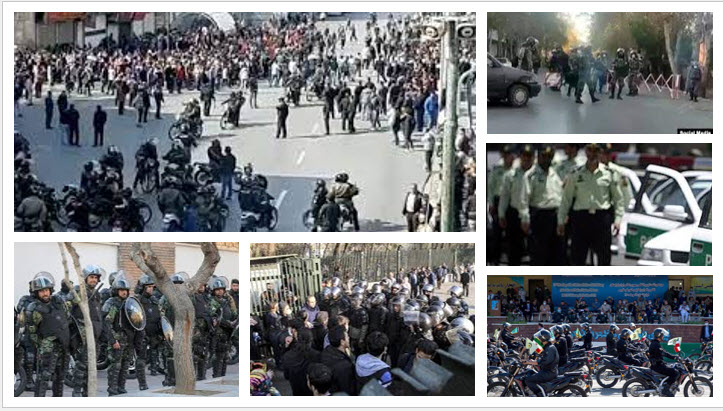
The IRGC has historically aided the regime in suppressing dissent and unrest, and this latest boost in financial assistance for them will further encourage them to continue fighting for the mullahs against the Iranian people.
Raisi should be prosecuted for genocide
With Hamid Noury currently on trial in Sweden for crimes against humanity after being detained under the principle of universal jurisdiction, Samadi hopes that the same principle can be applied to hold the remaining perpetrators of the 1988 massacre accountable.
Many legal professors have advocated for the principle to be applied to Raisi’s awful human rights record at recent conferences, with some even suggesting that he should be prosecuted for genocide.
Ebrahim Raisi stepped into Iran’s political scene after the 1979 revolution against the monarchy as a pro-Khomeini cleric who would carry out his mentor’s every command. Raisi was born in 1960.
MEK Iran (follow us on Twitter and Facebook), Maryam Rajavi’s on her site, Twitter & Facebook, NCRI (Twitter & Facebook) and People’s Mojahedin Organization of Iran – MEK IRAN – YouT

